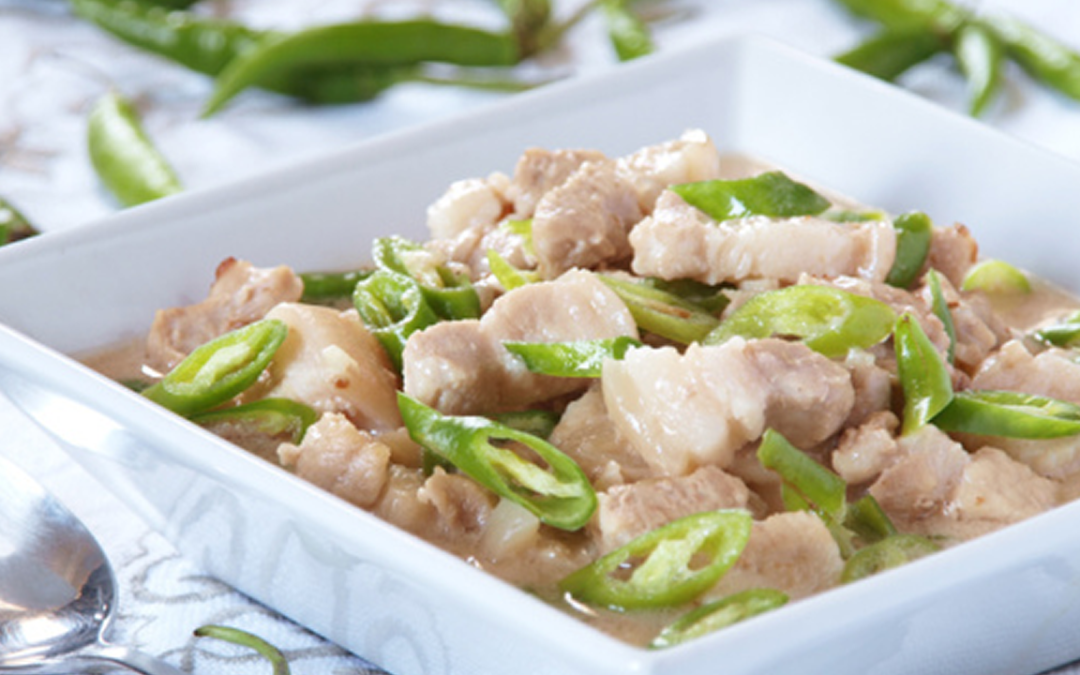
Mentioning Bicol easily conjures mouth-watering images of Bicol Express and laing. Famed for its affinity for dishes with chili and coconut milk, this region at the southern tip of Luzon actually has a lot more going for it than just those two beloved items. Here are a couple more to add to your must-tries the next time you find yourself in any of its provinces.
Bicolano specialties to try
Tinuktok
- It’s a sour soup that’s native to the town of Baao.
- It has seafood meatballs made with crab, fish and/or shrimp.
- The Baaenos use libas leaves or, sometimes, calamansi to achieve the sour notes.
Pinangat
- This is not to be mistaken from the pinangat na isda, which has a sour base made with bilimbi, tamarind, or vinegar.
- The Bicolano version is also called tulmok, tinuktuk, or tinulmok.
- Shredded fish and taro leaves along with a medley of seasonings are wrapped in a whole taro leaf before being boiled in coconut milk.
- Another dish called inolukan has the same process, except that crab and young coconut take the place of fish.
Kinalas
- It’s like mami, noodles in a potent broth—only this time, it has gravy.
- It’s called kinalas because a beef head is boiled for hours until the meat falls off or “kumalas”.
- The toppings vary from boiled eggs to chicharon, finished with calamansi to add acid to the rich dish.
Tinutungan na manok
- It’s native chicken stewed in smoked coconut milk.
- Sometimes vinegar is added, along with raw papaya and moringa.
- There are some recipes that also throw in chicken blood in the mix.
Kinunot
- It’s fish cooked in two of the items Bicol is known for: coconut milk and chili.
- Typically, shark meat or stingray meat is used. Malunggay leaves are also added.
- Kinunot means “hinimay” or flaked.
Sinantolan
- It also goes by the names ginataang santol or gulay na santol.
- The flesh of the cotton fruit or santol is grated before cooked in coconut milk, seafood, or pork and a bunch of seasonings, including shrimp paste.
Sinapot
- It’s similar to maruya, or battered and fried saba bananas.
- Typically, the banana is sliced, but not all the way through, to create a fan.
- It is then dipped in a light batter then fried to a golden brown.
- Some locals eat it with bagging or shrimp paste.
Biniribid
- It is similar to a pilipit, a traditional Filipino deep-fried twisted doughnut.
- It is deep-fried twisted dough made from rice flour and coconut milk then thickly glazed with caramelised sugar.


Recent Comments